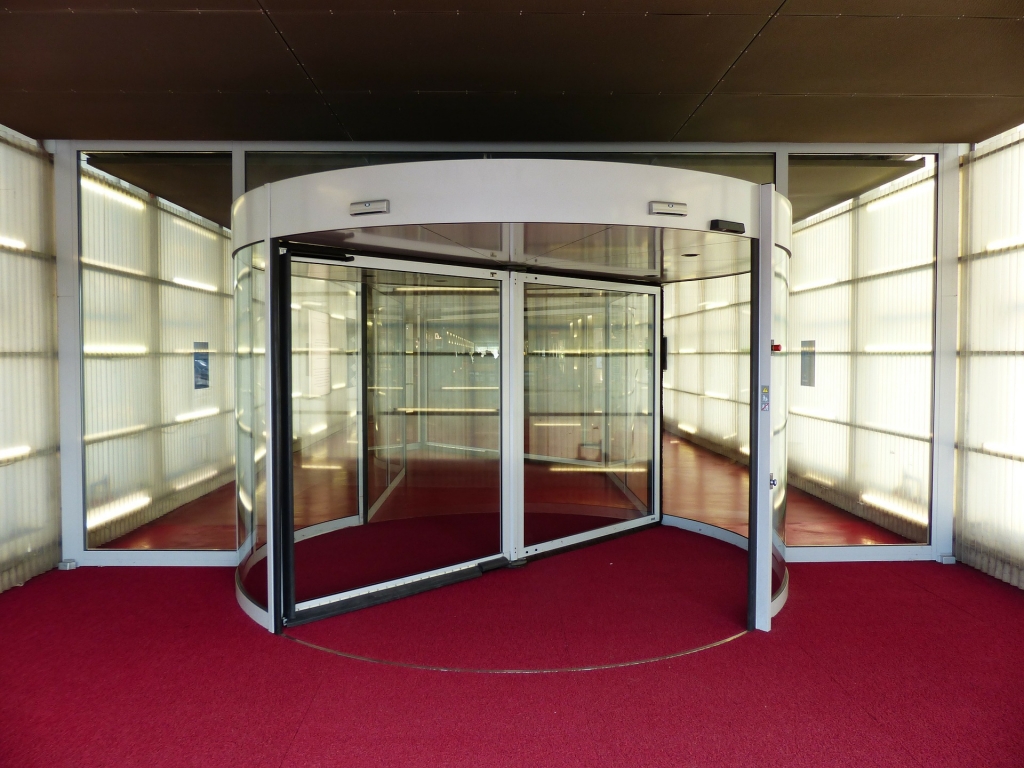
When it comes to staff turnover, the ’revolving door’ culture continues to impact hospitality businesses significantly with experts predicting that, by 2022, 870,000 hotel and restaurant staff will be needed to replace existing employees.
Restaurateurs in particular will be nodding their head at this juncture, because staff turnover in their sector has been a primary concern for quite some time. Holding onto key staff is becoming increasingly difficult and obtaining new talent ever more challenging in a market that favours the employee.
What causes staff turnover in restaurants?
There are a number of reasons the revolving door swings so regularly in restaurants, but we think the following are the most likely causes:
- Seasonal changes. Seasons affect restaurants significantly, and this can be most evident in staff numbers. As seasonal changes dictate diner numbers and the corresponding staff requirements, positions will naturally come and go, making it harder to retain employees at the same restaurant from season to season.
- Uncertainty following the Brexit. EU workers in Britain will be feeling understandably uncertain about their future with the country now on the brink of leaving the European Union. That will cause many to cease viewing their time in UK hospitality as long-term with job-hopping a likely outcome.
- Prevalence of student workers. Students make up a significant percentage of the workforce in the restaurant industry which makes their time as an employee often short lived. When term time kicks in, positions held all summer can suddenly become vacant with little chance of the outgoing employee returning in the future.
How to reduce restaurant staff turnover
There’s no silver bullet when it comes to reducing a restaurant’s staff turnover, but there are a few relatively simple things you can do to retain staff just that little while longer:
1. Implement an employee loyalty program
Loyalty schemes don’t just have to be for customers – they can work brilliantly as ways to retain staff, too.
Identify a couple of metrics that define loyalty (teamwork, working above and beyond, etc) and reward those who excel in those areas. A trip to the cinema or additional break is all you’ll need to invest in and it may just create that all-important emotional connection between your business and the employee in question.
2. Provide on-going training
Training often suffers in industries that feature high staff turnover rates due to the legitimate concern over investing in staff who end up leaving six weeks later.
However, on-going training is usually valued by employees and, although a risk on your part, if delivered consistently and to a high standard, may just be enough to keep them on board for longer.
3. Highlight career opportunities
Staff often move on because they can’t see any opportunity to move beyond a service position. For that reason, it’s vital that you highlight the ways in which they could advance their career.
Speak regularly to staff and find out what their ambitions are; if any match your own ideas for the business, be open with them and explain that there could be an opportunity in the future for them to progress.
4. Speak to those who decide to leave
If a member of staff decides to leave – speak to them. Ask what prompted their decision and what the business could have done to retain their loyalty.
Do this with every employee who quits and you’ll start to build a picture of where you could improve staff satisfaction. If they all say the same thing, then, clearly, you have a problem. At least you’ll know what it is, though, which is far better than simply waving goodbye and never finding out what went wrong. That knowledge can then be used to make improvements to your employees’ satisfaction levels.
Conclusion
Training staff is expensive, so the desire to retain them for as long as possible is entirely understandable. High staff turnover will forever be a thorn in the restaurant industry’s side, though, which is why it pays to follow the above tips to keep it to a minimum.
You won’t stop high staff turnover entirely by following the advice in this post, but you might just prevent that revolving door from swinging quite so regularly.


Leave A Comment